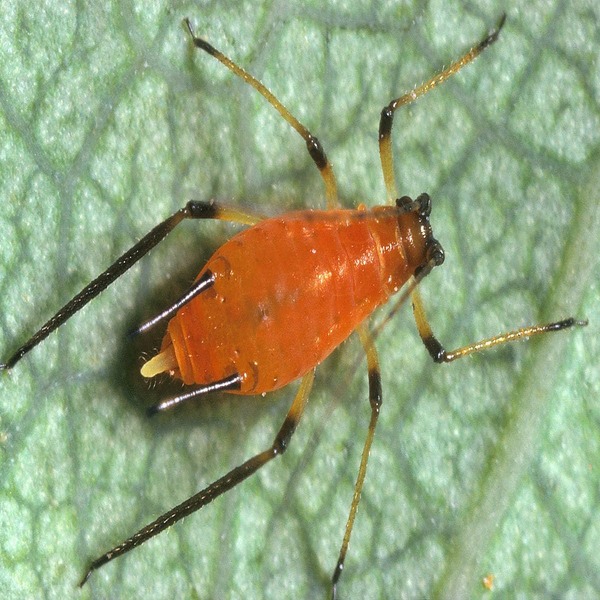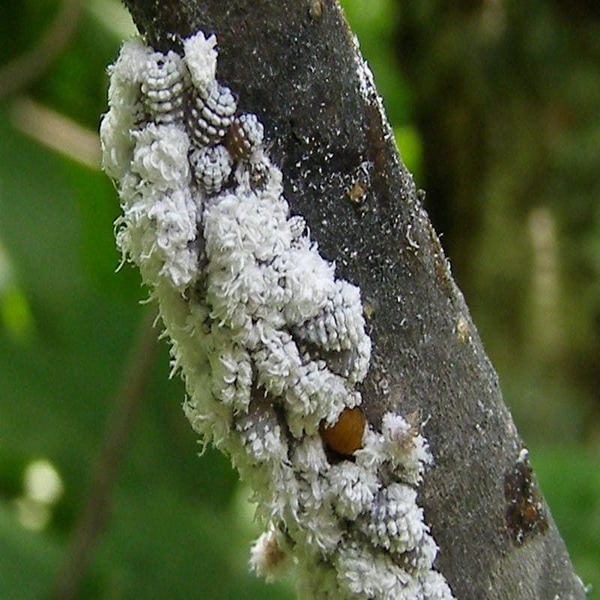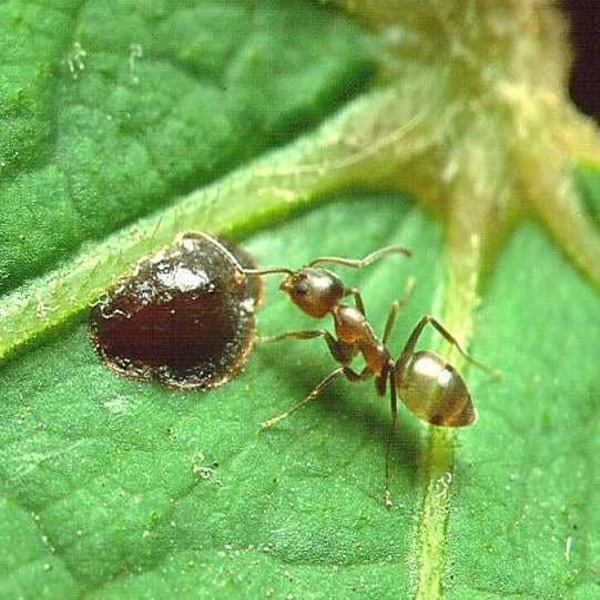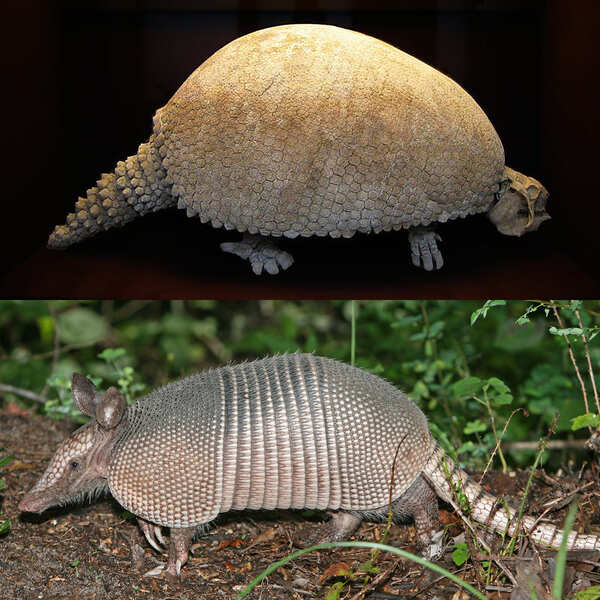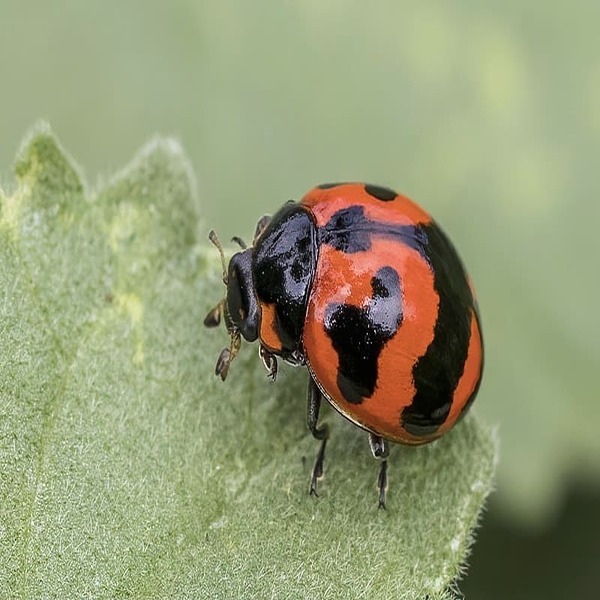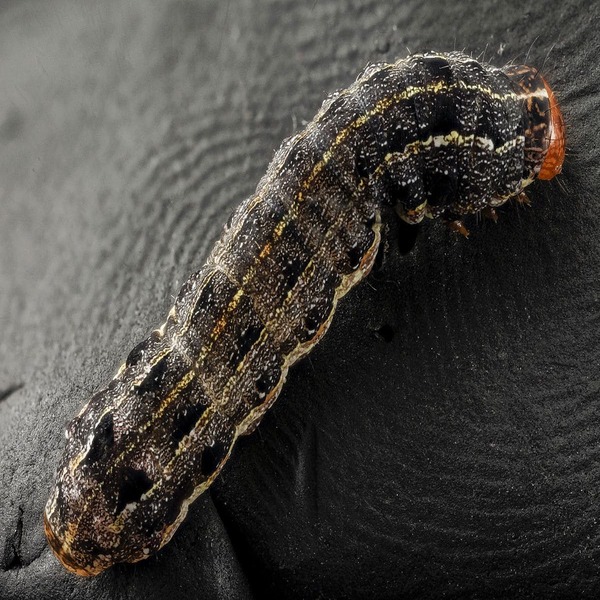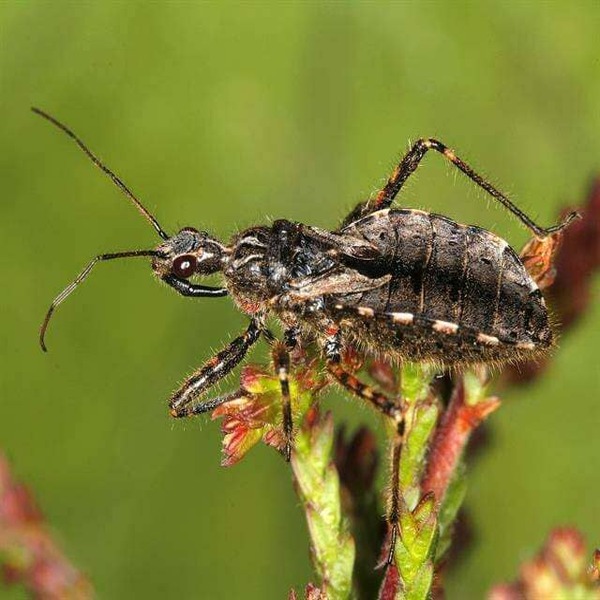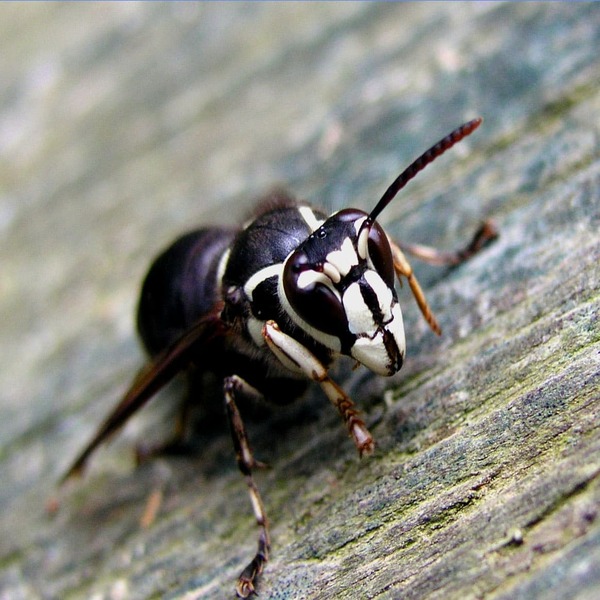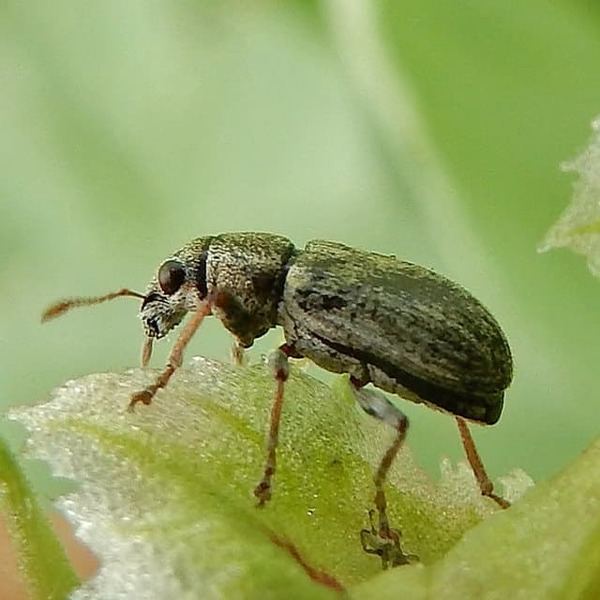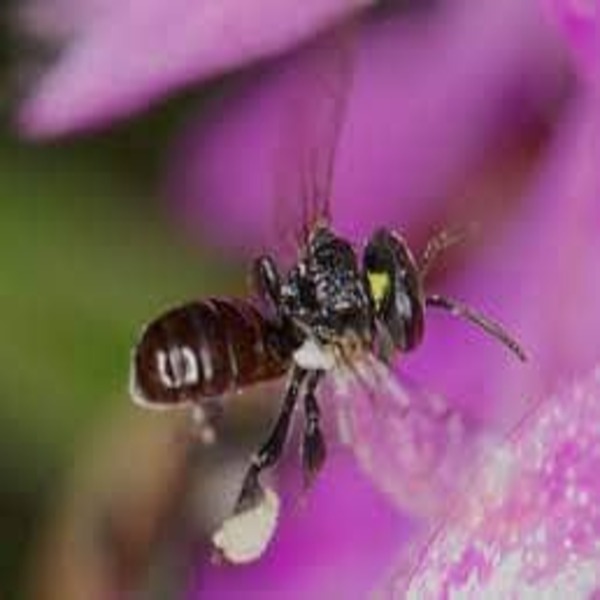Pests
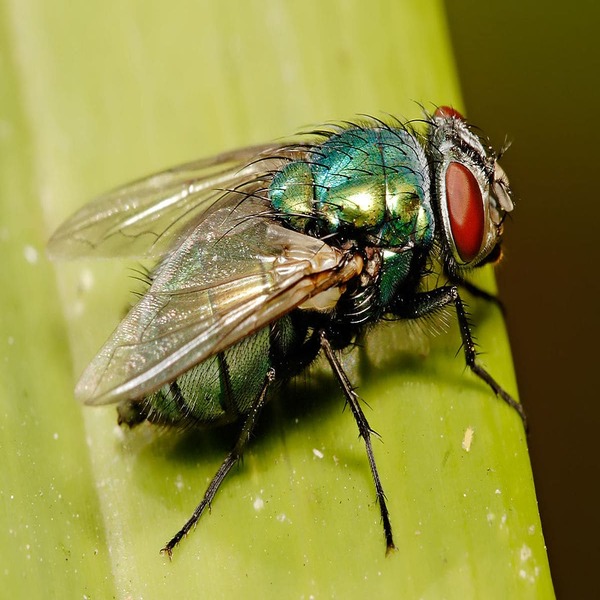
Blow Flies
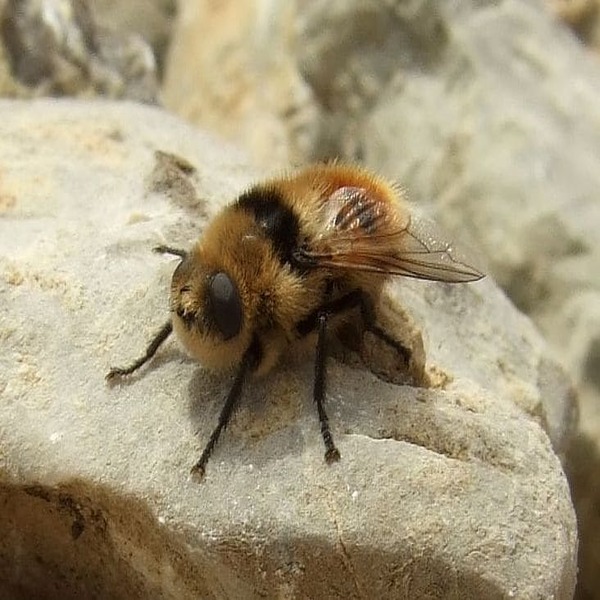
Bot Flies
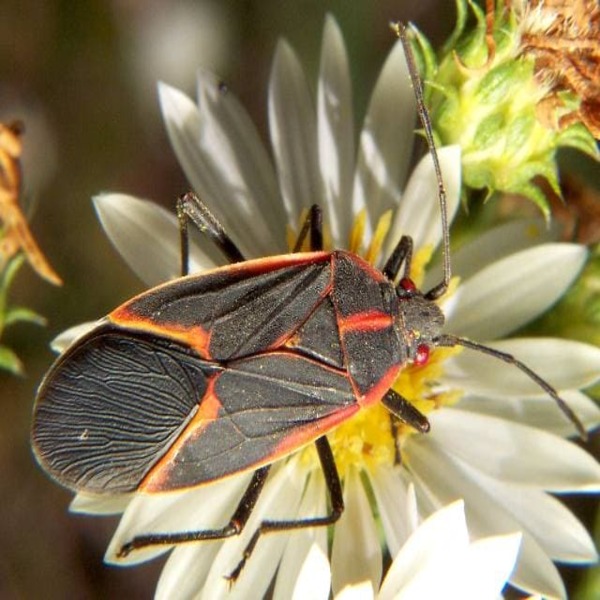
Box_elder_bug (Boxelder Bugs)
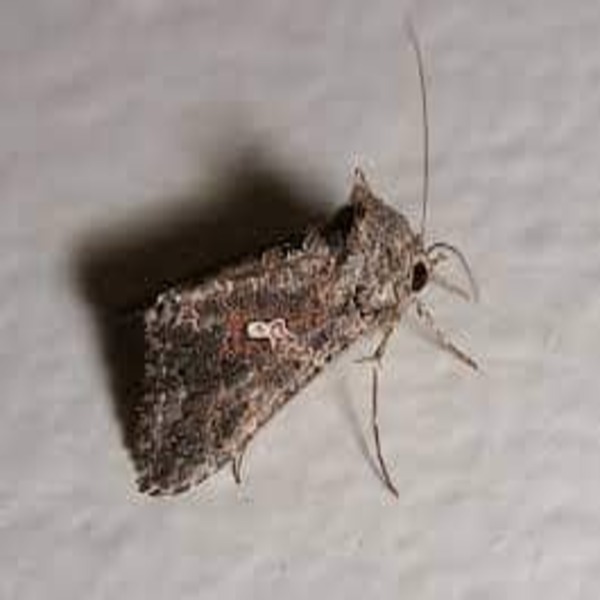
Cabbage loopers
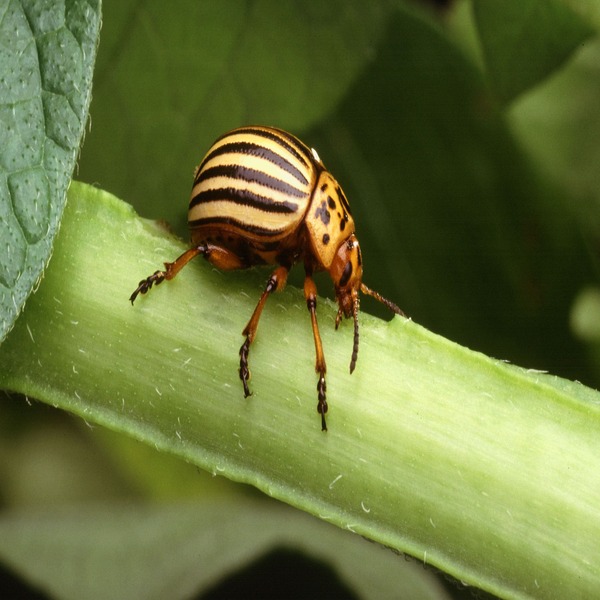
Colorado Potato
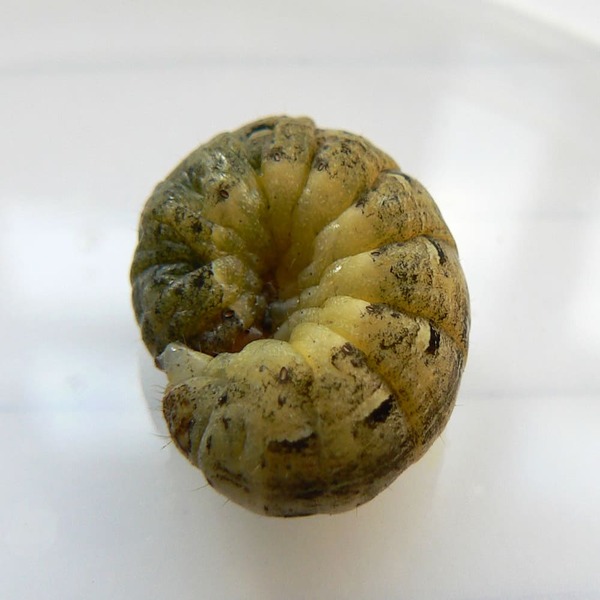
Cut Worms
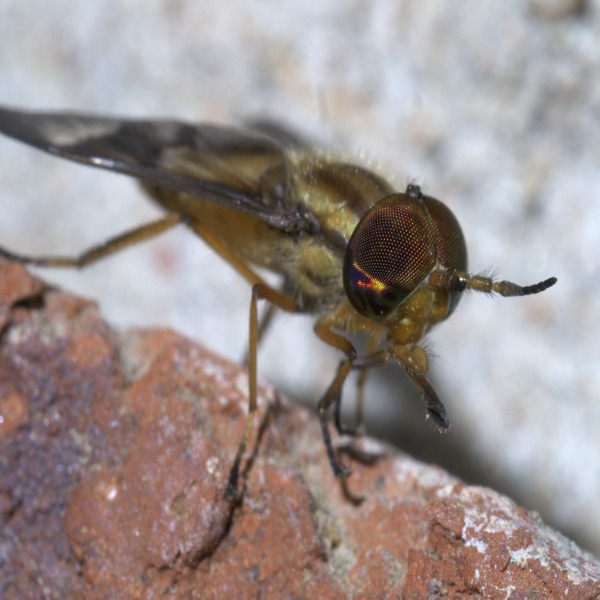
Deer flies
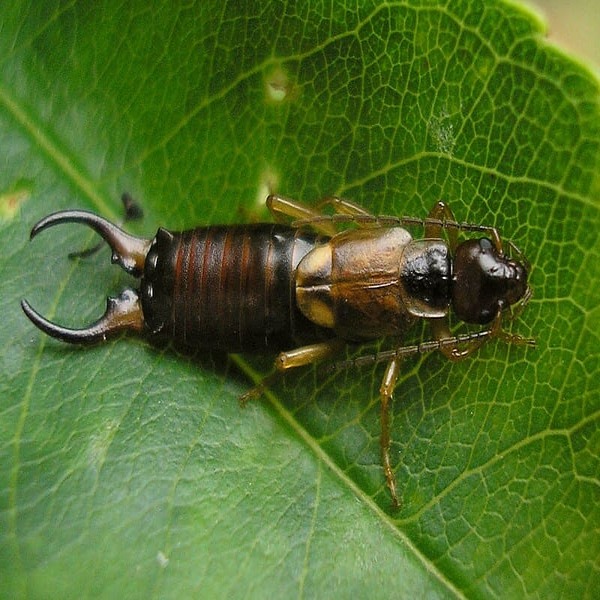
Earwigs
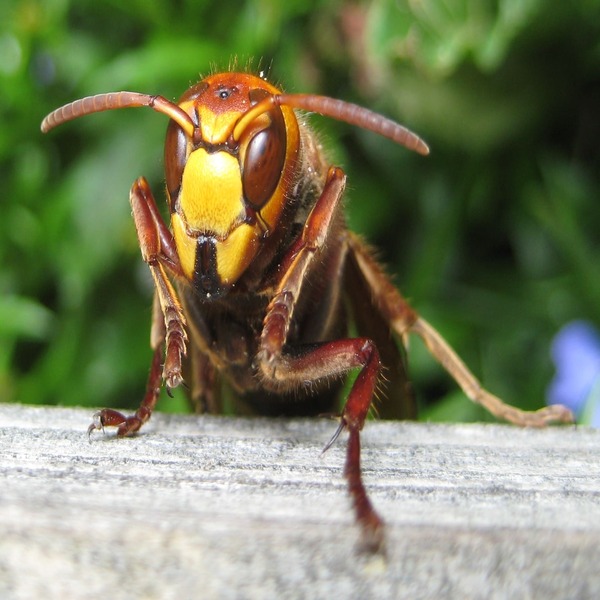
European Hornets
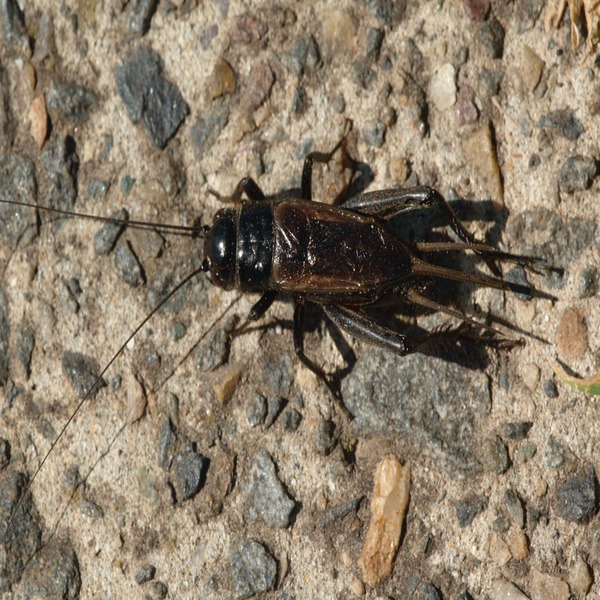
Field crickets
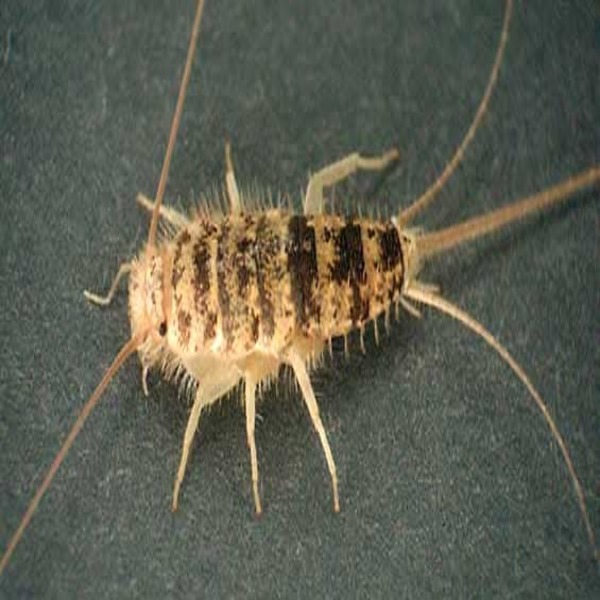
Firebrats
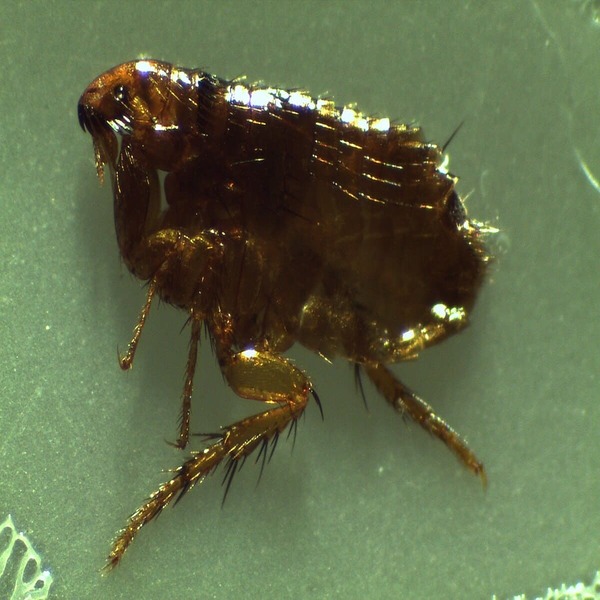
Flea
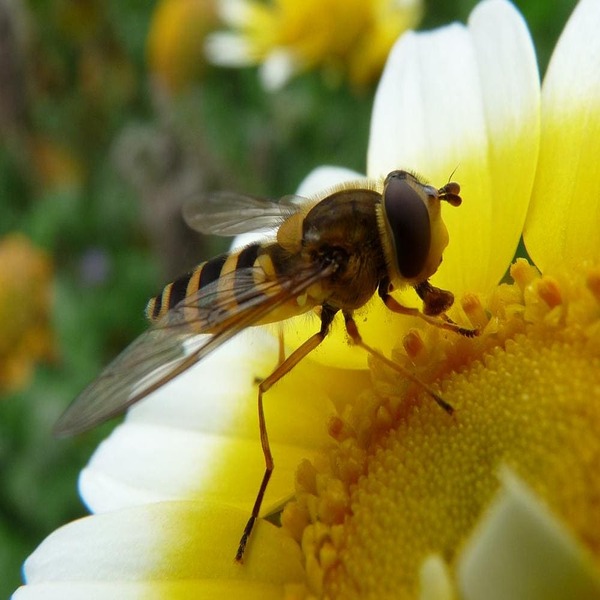
Flies
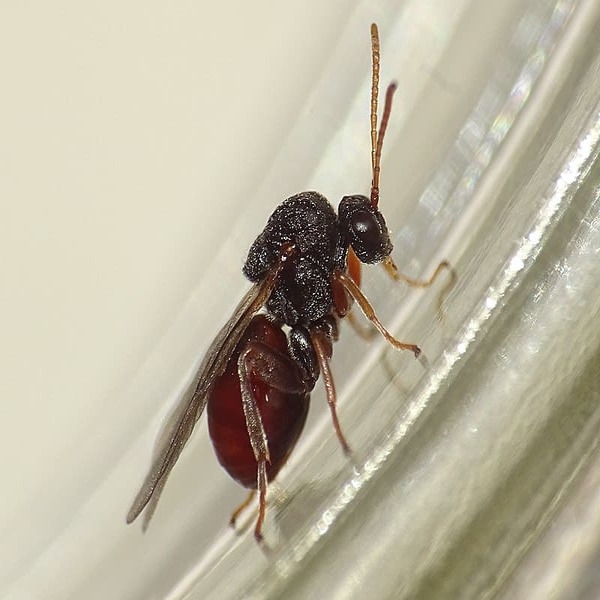
Gall wasps
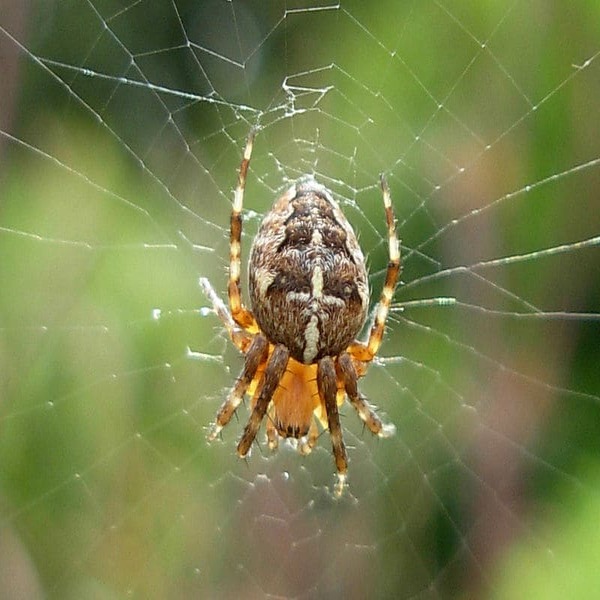
Garden spiders
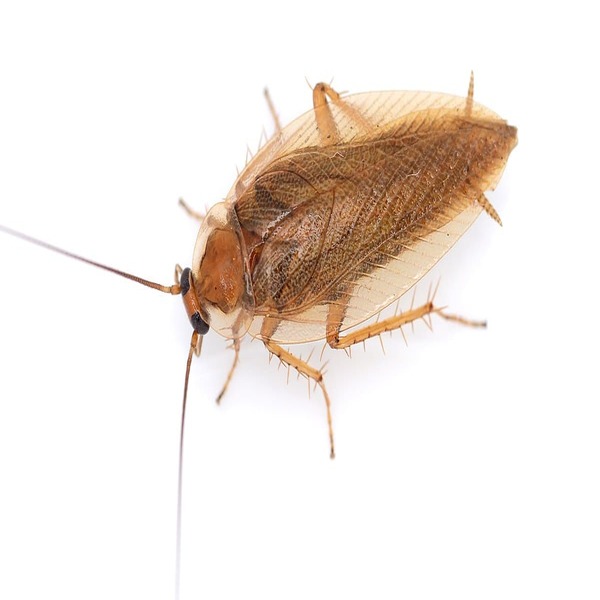
German cockroaches
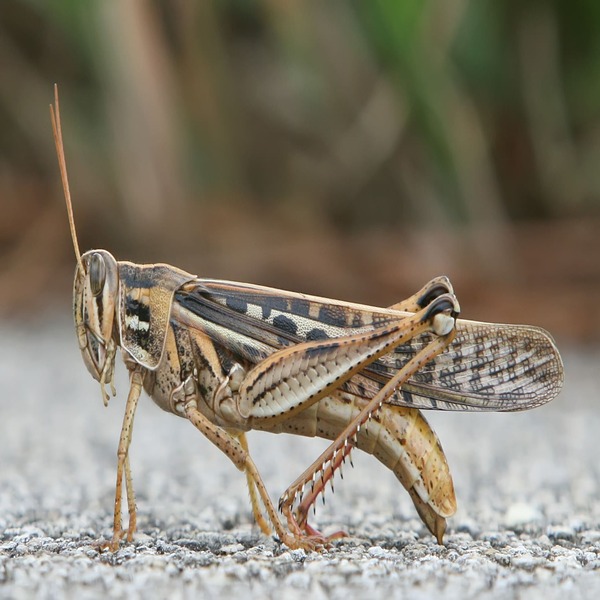
Grasshoppers
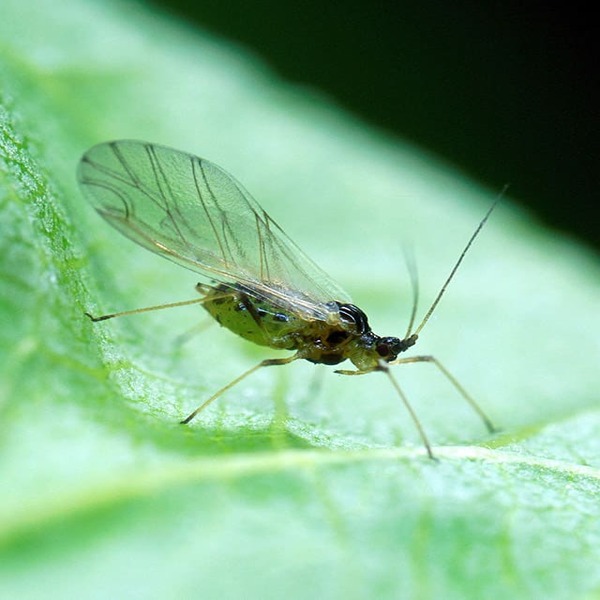
Green peach aphids

Garden spiders
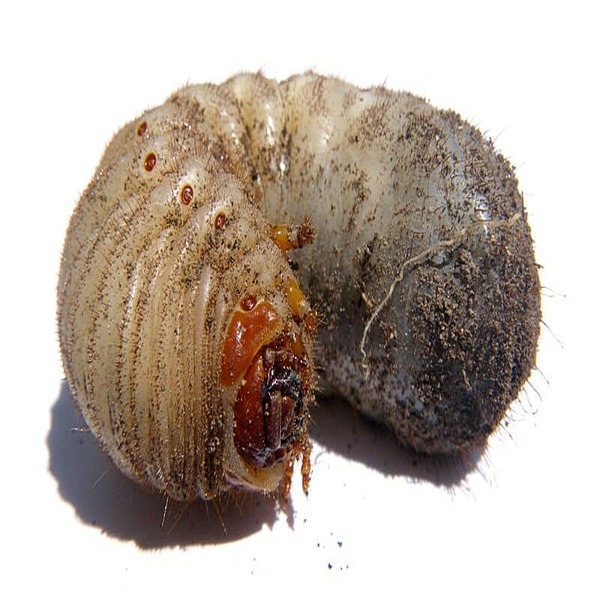
Grubs
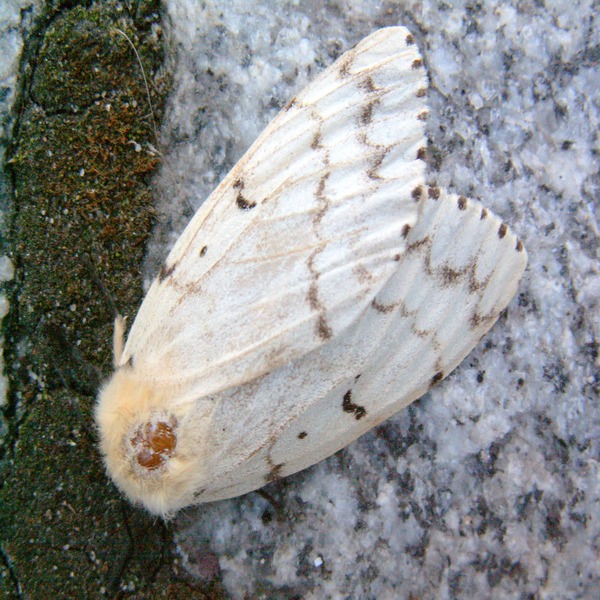
Gypsy moths
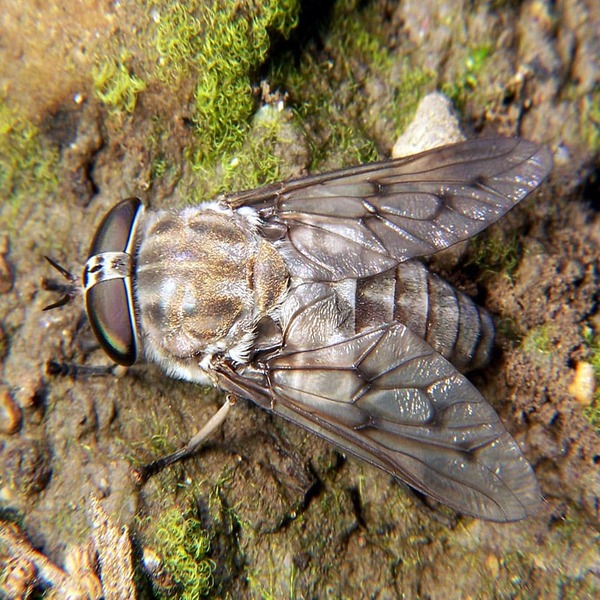
Horse flies
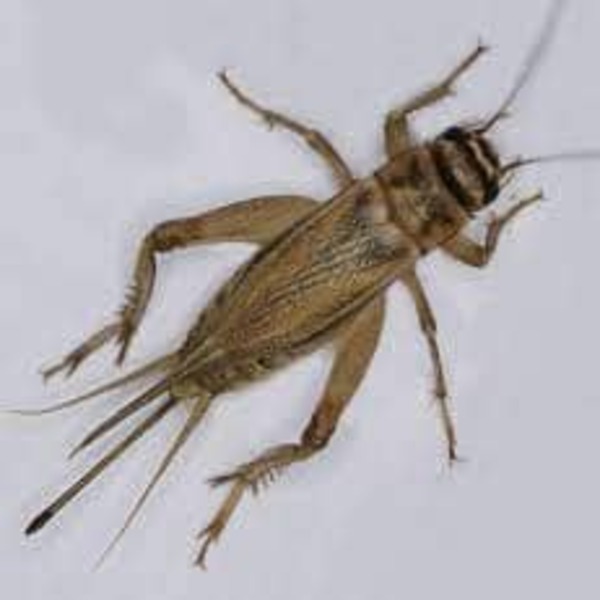
House crickets
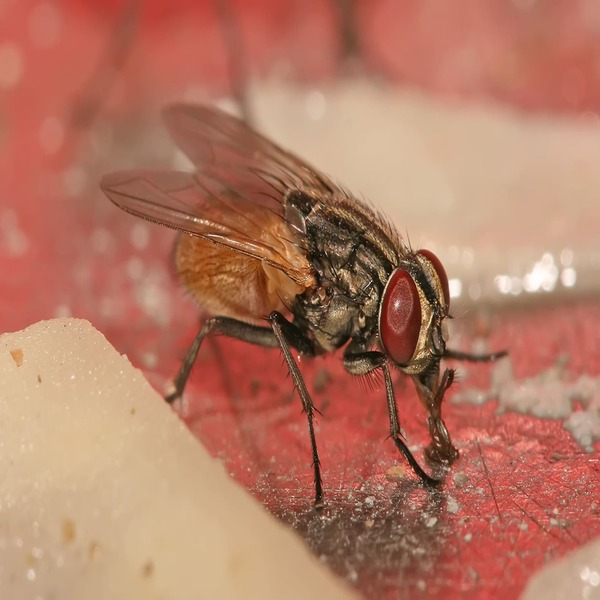
House flies
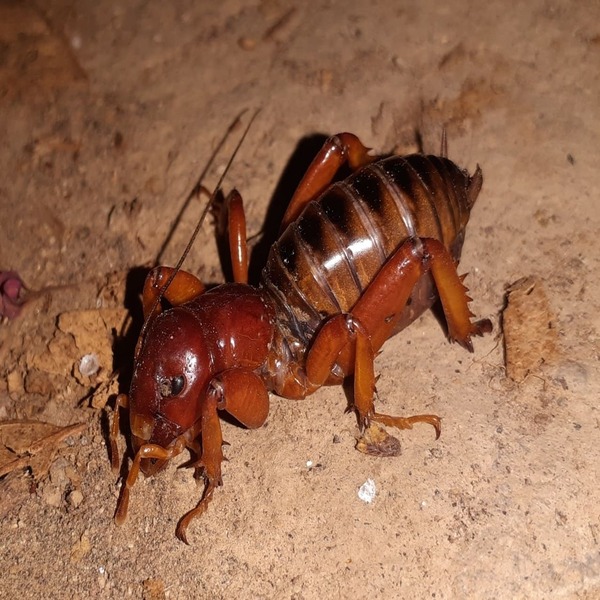
Jerusalem crickets
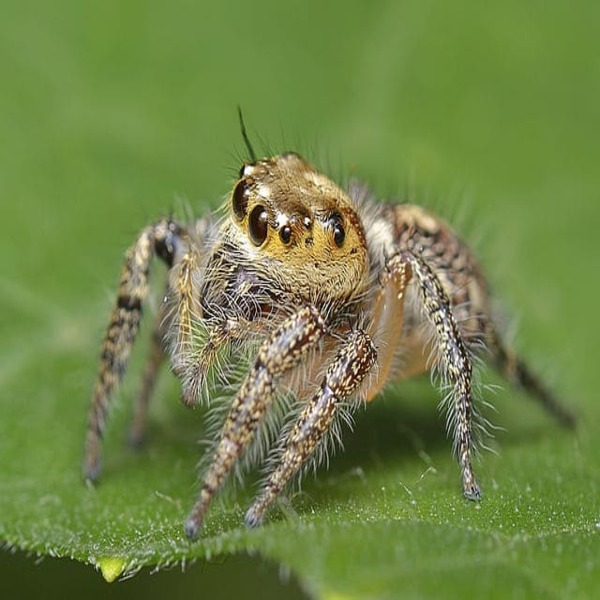
Jumping spiders
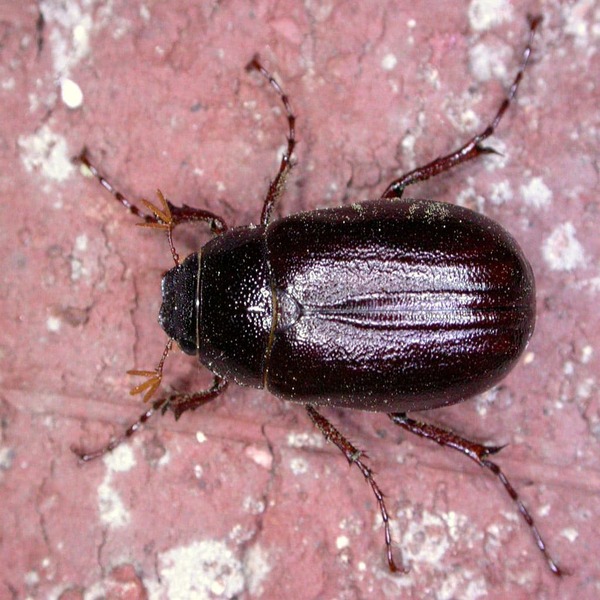
June bugs
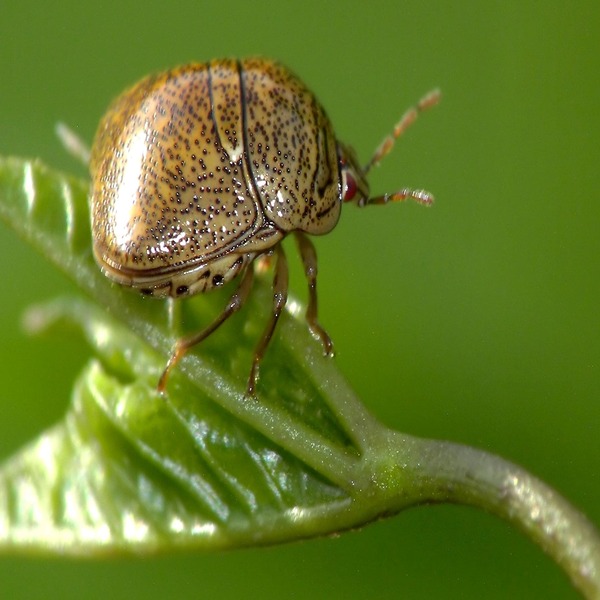
Kudzu bugs
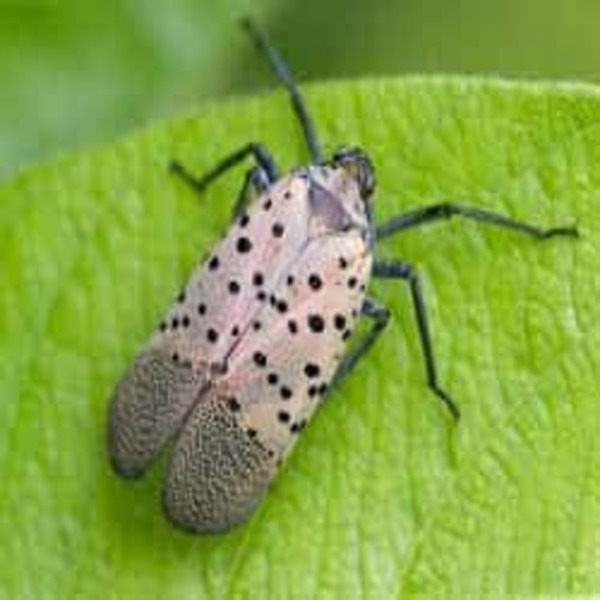
Lanternflies
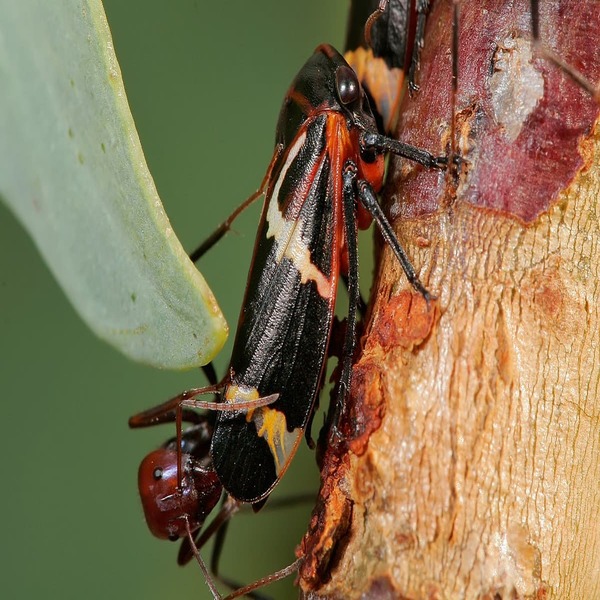
Leafhoppers
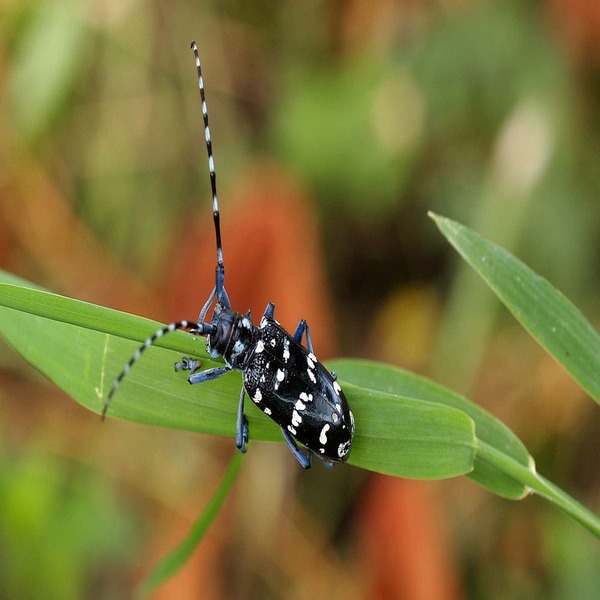
Longhorned
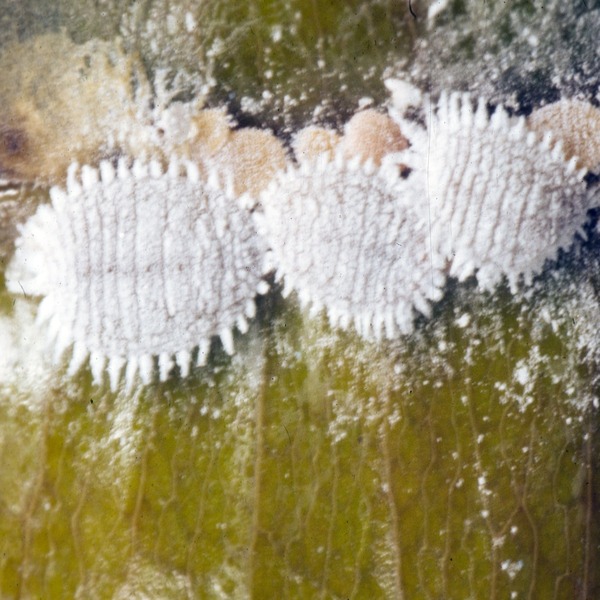
Mealybugs
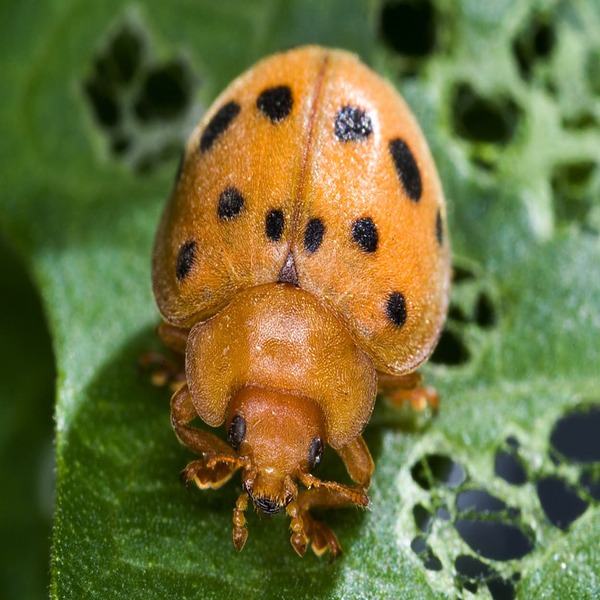
Mexican bean
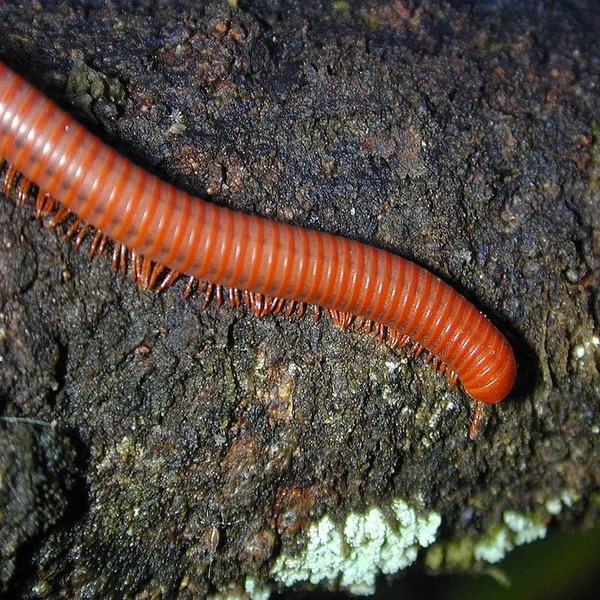
Millipedes
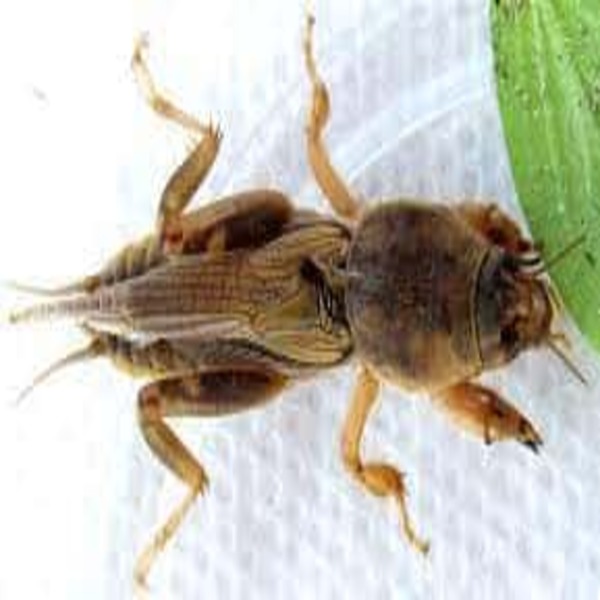
Mole crickets
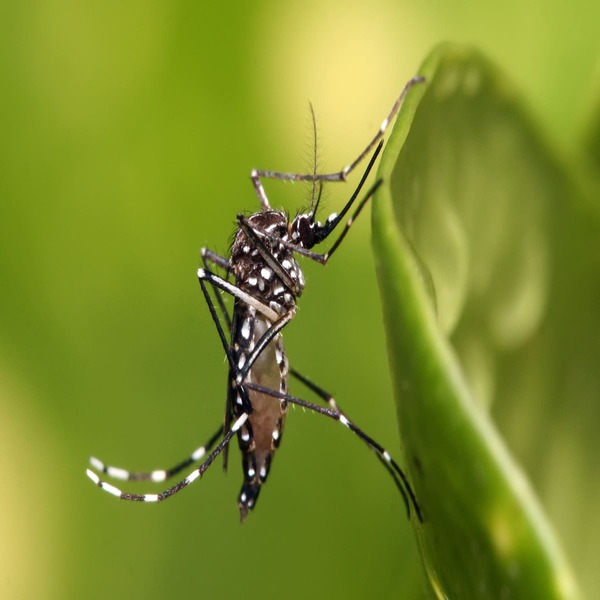
Mosquitoes
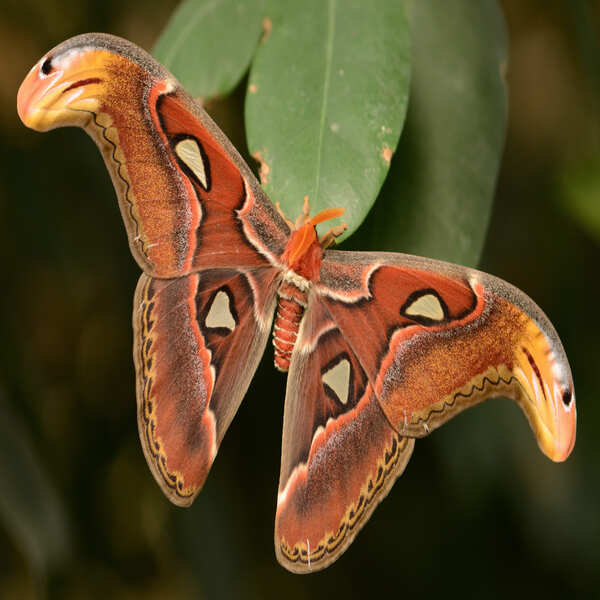
Moths
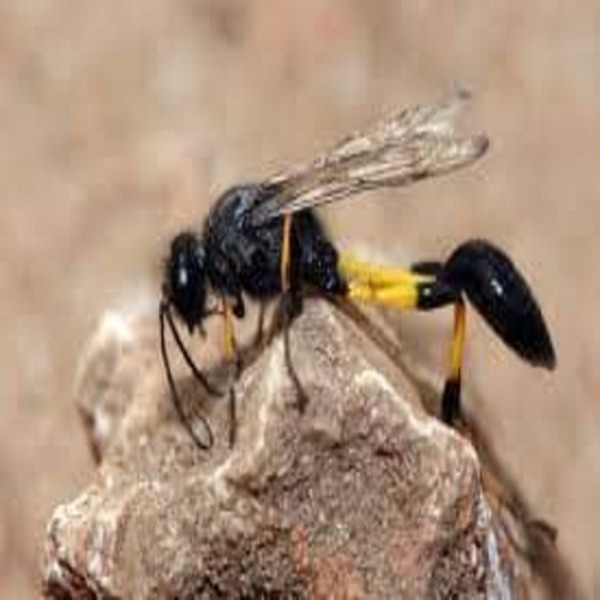
Mud daubers
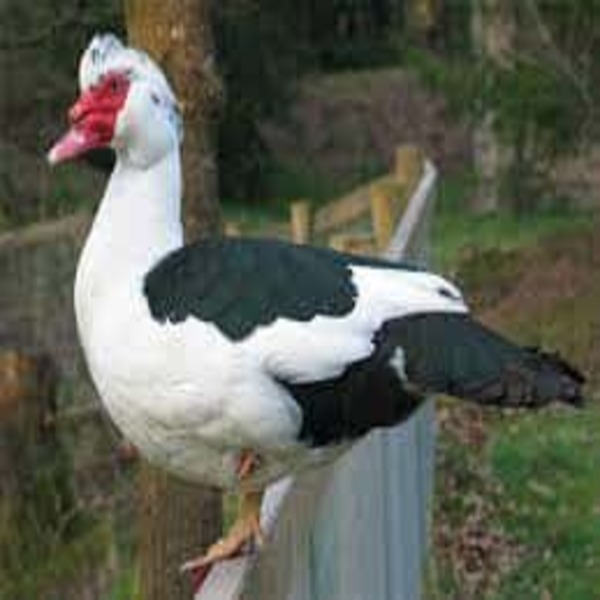
Muscovy Ducks
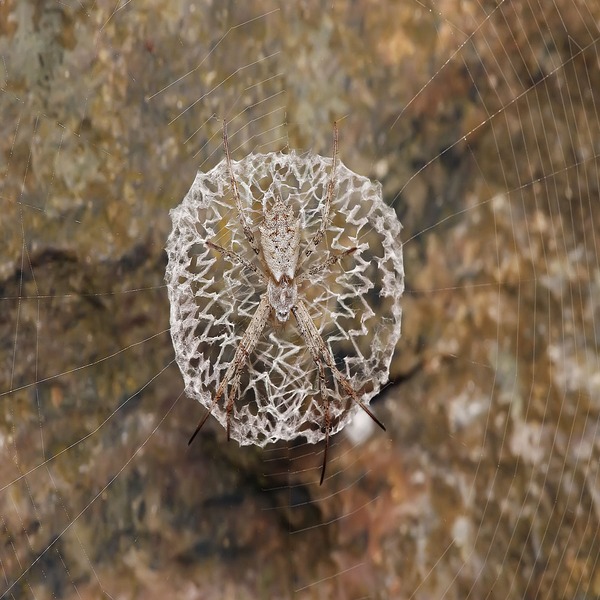
Orb weaver spiders
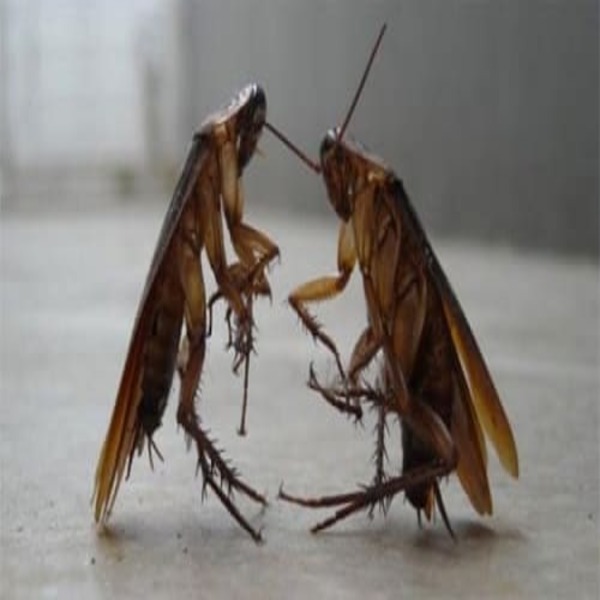
Oriental cockroaches
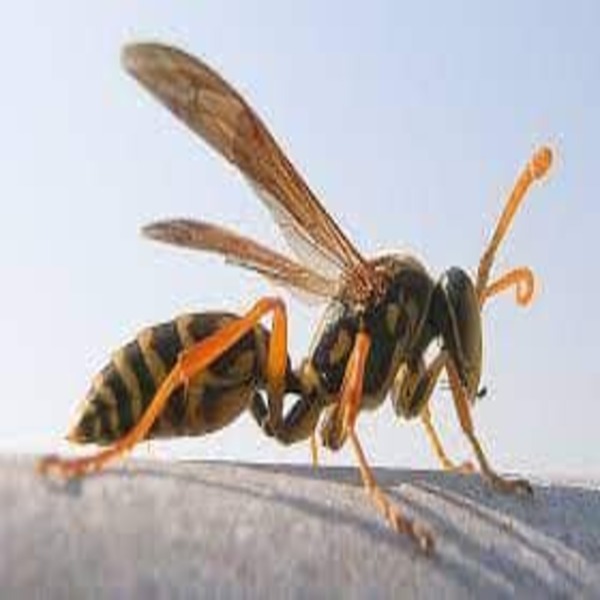
Paper wasps
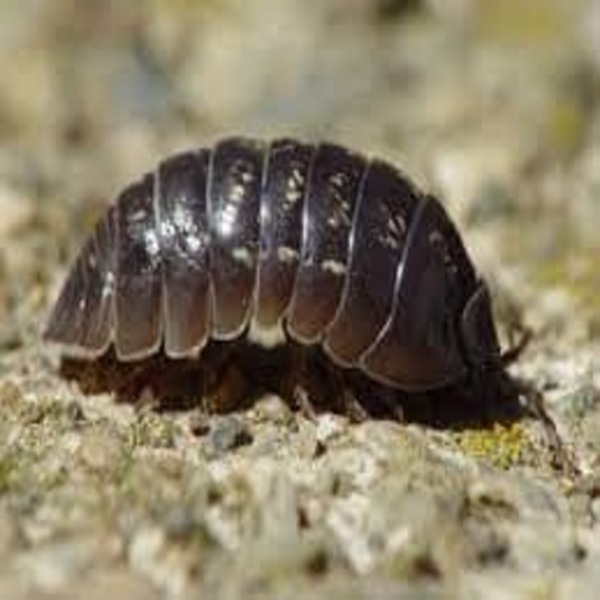
Pill bugs
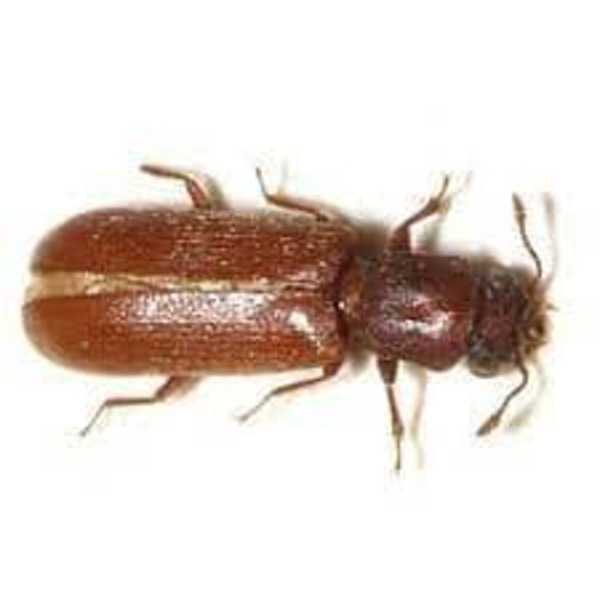
Powderpost
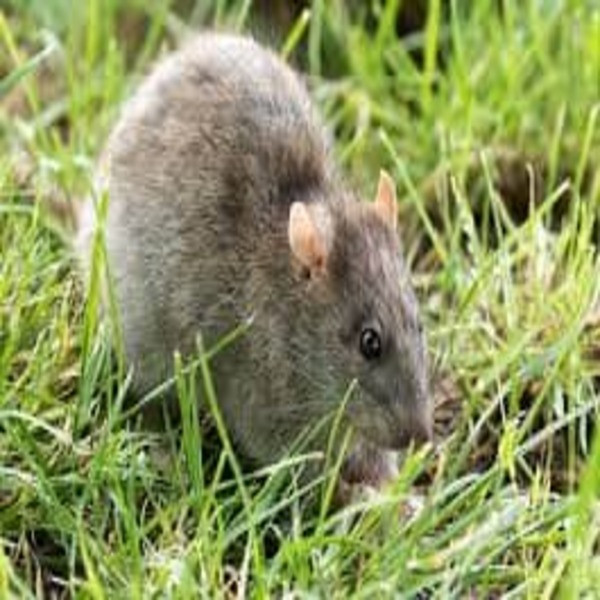
Rats
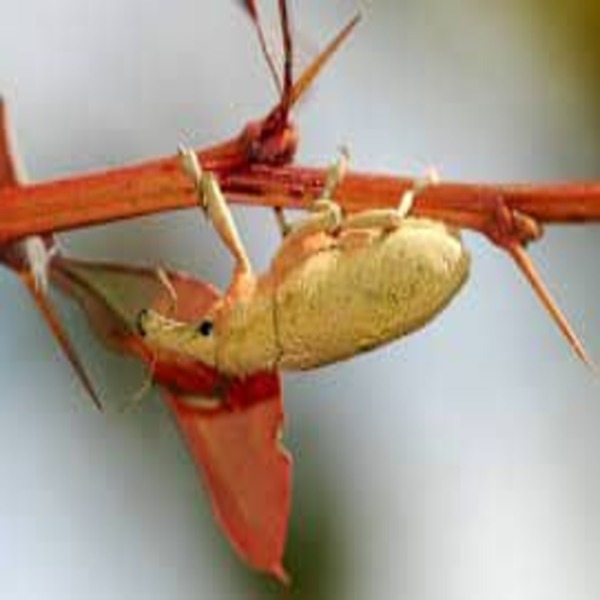
weevils
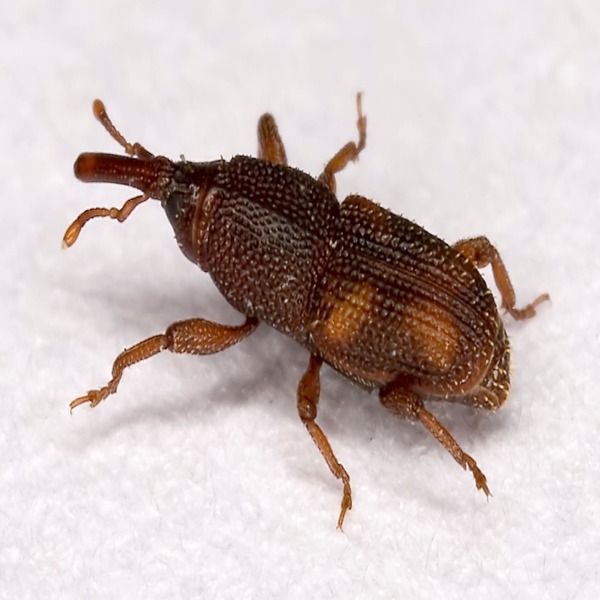
Rice weevils
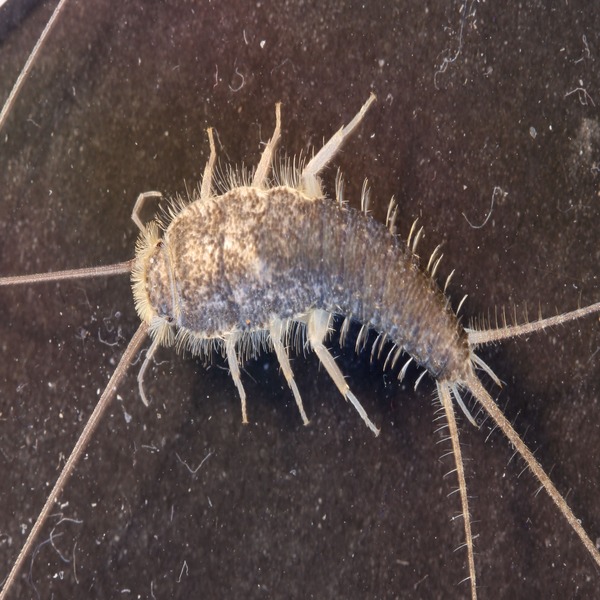
Silverfish

Spider
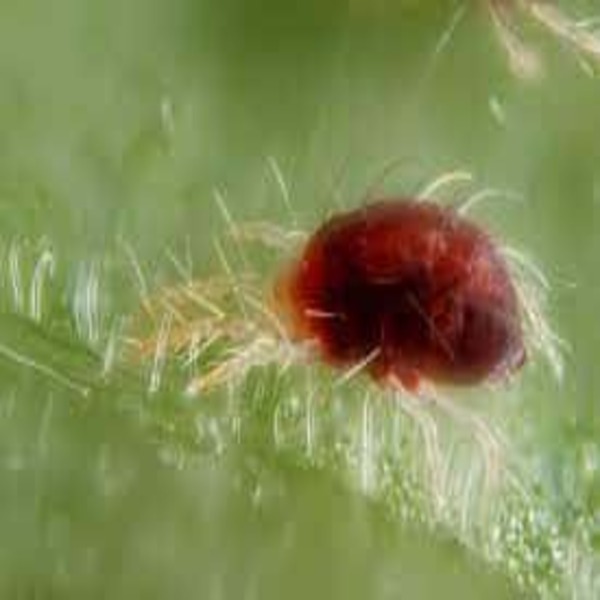
Spider Mites

Spotted lanternflies
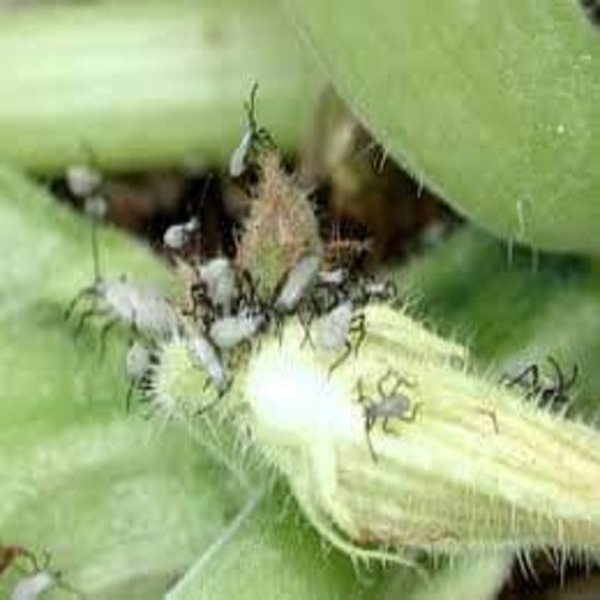
Squash bugs
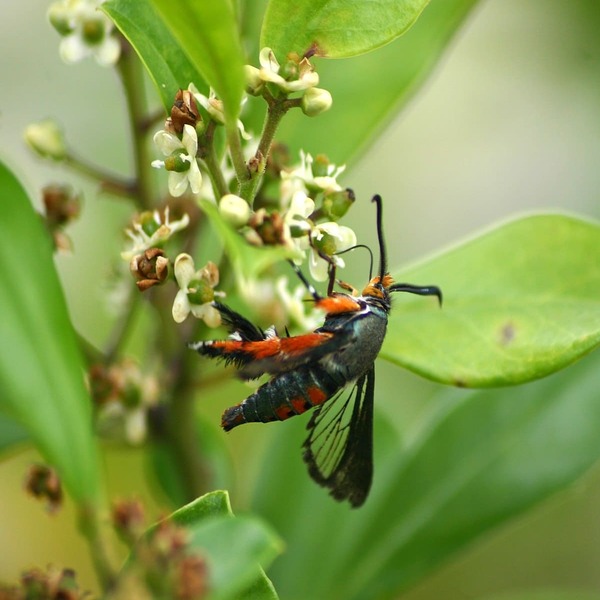
Squash vine borers
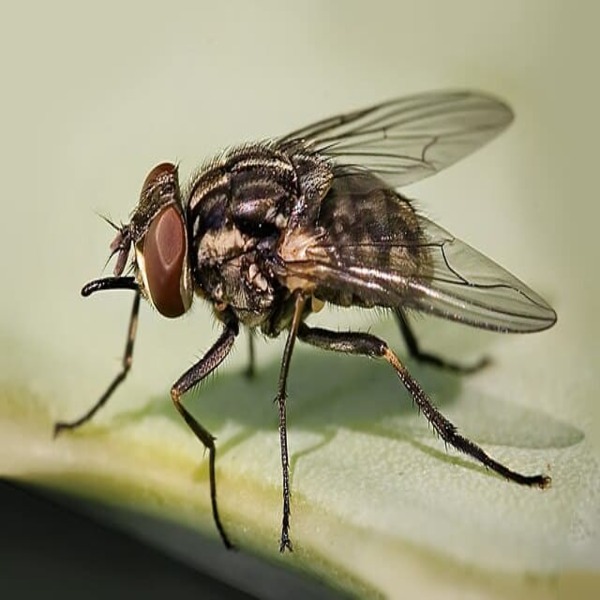
Stable flies
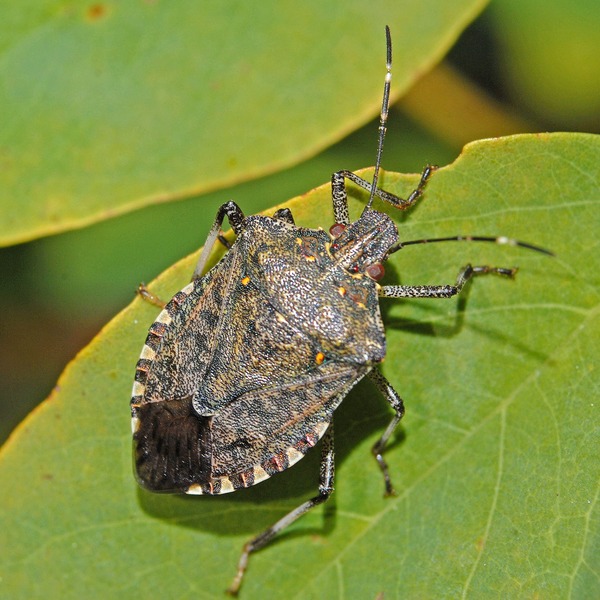
Stink bugs
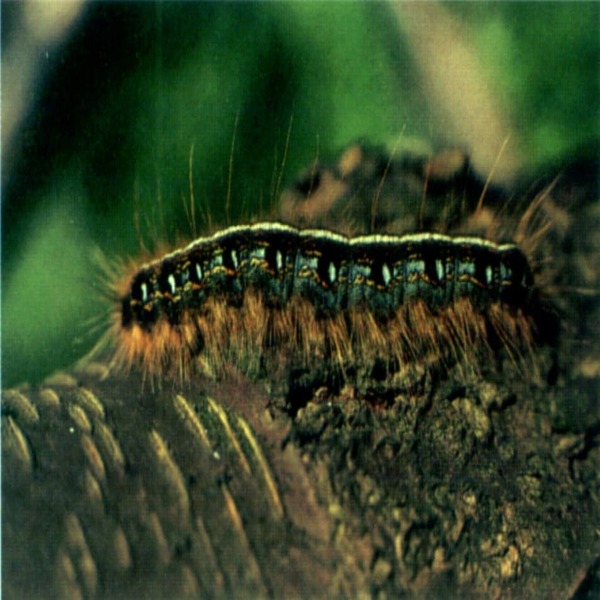
Tent caterpillars
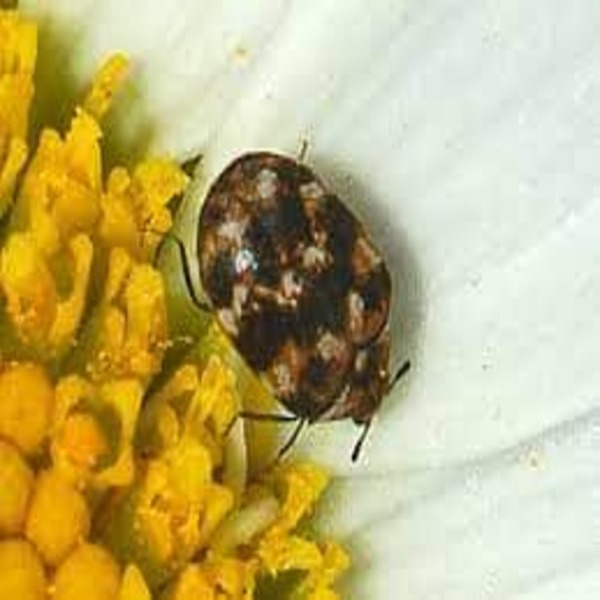
Varied carpet
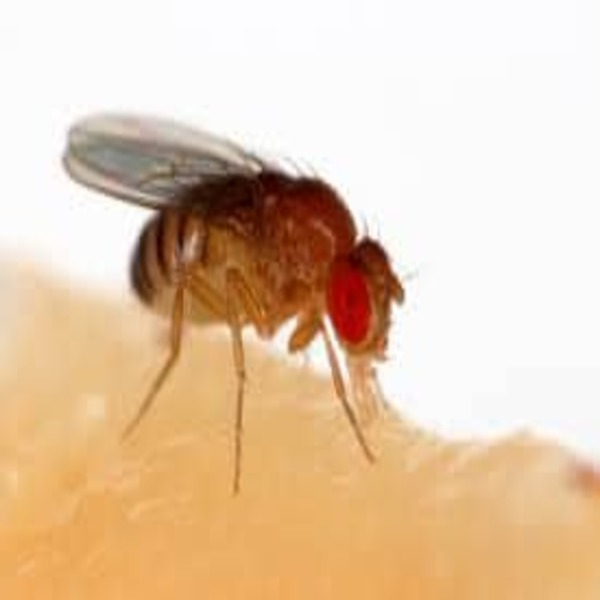
Vinegar flies

Wasps
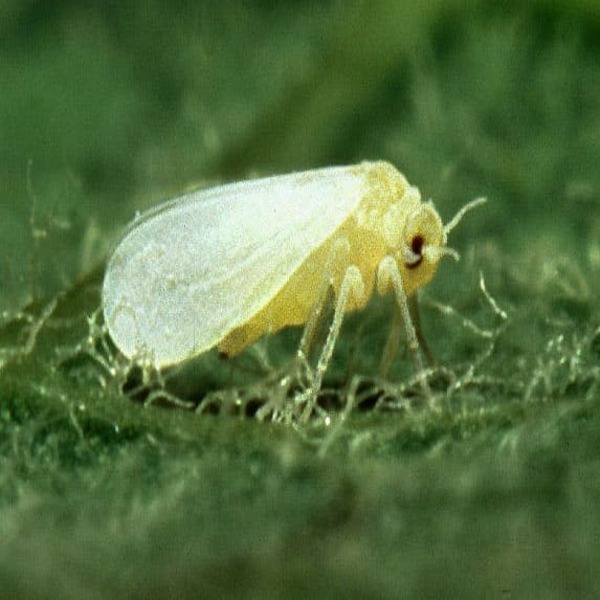
Whiteflies
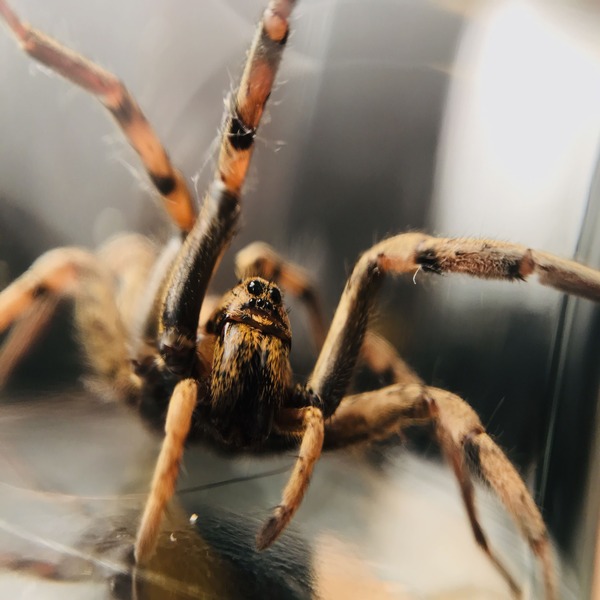
Wolf spiders
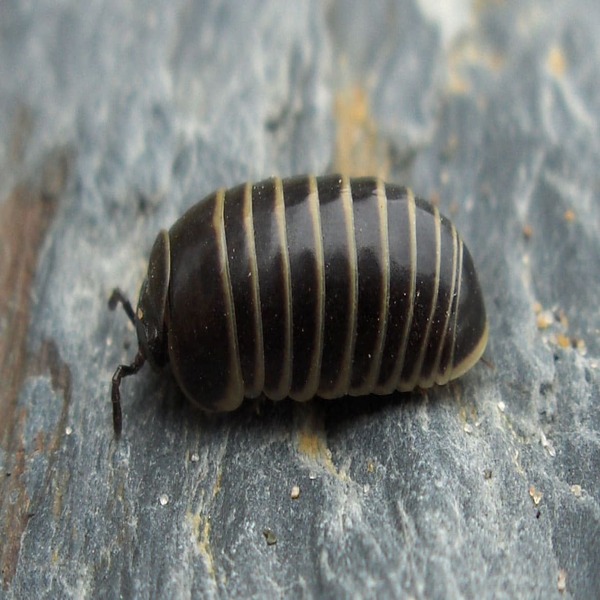
Woodlice

Woolly aphids
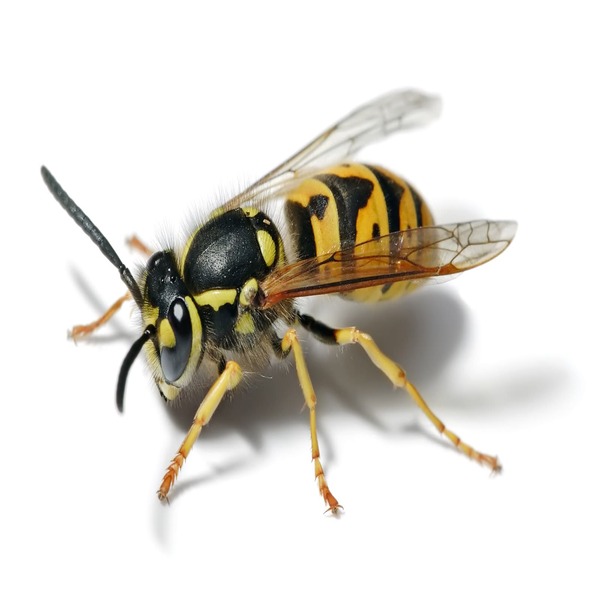
Yellow jackets
What is pest?
Pests are organisms that cause harm or damage to plants, animals, humans, or ecosystems. They are often considered unwanted creatures that interfere with human activities, whether it’s agriculture, forestry, or residential areas. Understanding pests and their characteristics is crucial for effective pest management.
Pests come in various shapes and sizes, but they all share one common trait: they thrive on invading our living spaces. Common household pests include rats, mice, cockroaches, ants, termites, and bed bugs. These critters not only cause structural damage but also pose health risks to humans and pets alike.
Types of Pests
Insects
Insects are one of the most common types of pests. They can cause damage to crops, spread diseases, and infest homes. Common insect pests include mosquitoes, flies, termites, and beetles.
Rodents
Rodents such as rats and mice are notorious pests known for damaging crops, contaminating food supplies, and spreading diseases. They can also cause structural damage to buildings by gnawing on wires and insulation.
Birds
Birds like pigeons and seagulls can become pests when they invade urban areas, causing damage to buildings, vehicles, and crops. Their droppings can also pose health risks to humans.
Weeds
Weeds are unwanted plants that compete with cultivated crops for nutrients, water, and sunlight. They can reduce crop yields and hinder agricultural productivity if not properly managed.
Characteristics of Pests
Reproduction
Pests often have high reproductive rates, allowing them to rapidly increase their population size under favorable conditions. This rapid reproduction can exacerbate pest infestations and make them challenging to control.
Habitat
Pests can thrive in diverse environments, ranging from agricultural fields to urban landscapes. Their ability to adapt to different habitats contributes to their widespread distribution and persistence.
Feeding habits
Pests exhibit a variety of feeding habits, depending on their species and ecological niche. Some pests feed on plants, while others prey on animals or scavenge for food in human settlements.
What is the Impact of the Pests in our life?
Economic impact
Pests can cause significant economic losses to farmers, businesses, and homeowners through crop damage, property destruction, and increased maintenance costs. The expenses associated with pest control measures further add to the financial burden.
Health impact
Pests can transmit diseases to humans, animals, and plants through direct contact, bites, or contaminated food and water. Diseases spread by pests can have serious health concerns, ranging from mild illnesses to life-threatening infections.
The Importance of Pest Control
Effective pest control is essential for maintaining a healthy and safe environment. Not only does it protect your property from damage, but it also safeguards your family from potential health hazards. Investing in pest control services ensures peace of mind and prevents costly repairs down the line.
Identifying Pest Infestations
Early detection is key to preventing pest infestations from spiraling out of control. Keep an eye out for telltale signs such as droppings, chewed wires, damaged furniture, and unusual odors. By catching infestations early, you can nip the problem in the bud before it escalates.
Preventive Measures: How to Keep Pests Away
Prevention is the best defense against pests. We have to focus on pest management for Biological Control. Here are some proactive steps you can take to minimize the risk of infestation:
- Seal Entry Points: Inspect your home for cracks, gaps, and openings that pests can use to enter. Seal any potential entry points with caulk or weatherstripping to keep pests out.
- Maintain Cleanliness: Keep your home clean and clutter-free to deny pests access to food and shelter. Regularly vacuum, sweep, and dispose of garbage to eliminate potential nesting sites.
- Eliminate Standing Water: Pests are attracted to moisture, so be sure to fix any leaks and eliminate standing water around your property. This includes repairing dripping faucets, cleaning clogged gutters, and emptying stagnant pools of water.
- Store Food Properly: Keep food stored in airtight containers to prevent pests from accessing it. Store pantry items off the floor and away from walls to minimize the risk of contamination.
- Trim Vegetation: Trim bushes, trees, and shrubs away from your home to eliminate potential hiding spots for pests. Overgrown vegetation can provide easy access for pests to enter your home undetected.
What is the Role of Infest Pest Control?
As the leading pest control service in your area, Infest Pest Control goes above and beyond to ensure that your home is free from pests. We make different pest control plans for residential pest control or commercial pest control. Here are some key ways our company helps you rid your property of unwanted intruders:
Customized Treatment Plans: We understand that every pest infestation is unique, which is why we develop personalized treatment plans tailored to your specific needs and circumstances. Whether you’re dealing with rodents, insects, or other pests, our experts devise targeted solutions to effectively eradicate the problem.
Thorough Inspections: Our trained technicians conduct thorough inspections of your property to identify the root cause of the pest infestation. By pinpointing entry points, nesting areas, and conducive conditions, we can effectively target the source of the problem and prevent future outbreaks.
Safe and Effective Treatments: At Infest Pest Control, we prioritize the safety of your family and pets. That’s why we use only EPA-approved products and eco-friendly techniques for Integrated Pest Management. Our treatments are not only effective at eradicating pests but also safe for your loved ones and the environment.
Preventive Measures: In addition to extermination, we offer preventive measures to fortify your home against future infestations. From sealing entry points to implementing habitat modifications, we take proactive steps to prevent pests from returning and wreaking havoc on your property.
Education and Awareness: We believe that knowledge is power when it comes to pest control. That’s why we take the time to educate our clients on common pests, their habits, and the preventive measures they can take to minimize the risk of infestation. By empowering you with information, we help you become proactive in protecting your home against pests.
Follow-Up Inspections: Our commitment to your satisfaction doesn’t end after treatment. We conduct follow-up inspections to ensure that the pest problem has been effectively resolved and to address any lingering concerns. If pests persist, we will continue to work with you until the issue is fully resolved.
24/7 Emergency Services: Pests don’t operate on a schedule, which is why we offer 24/7 emergency services to address urgent pest issues. Whether it’s a midnight rodent sighting or a weekend termite swarm, you can count on Infest Pest Control to respond promptly and effectively.
With Infest Pest Control by your side, you can trust that your home is in good hands. We will do the program for pest control service which is under government policy for pest management. From customized treatment plans to ongoing support and education, we are committed to helping you rid your property of pests and enjoy a pest-free environment for years to come.
Frequently Asked Questions
Common signs of pest infestations include:
- Presence of droppings or urine stains.
- Gnaw marks on food packaging or structural materials.
- Damage to plants, crops, or stored goods.
- Unusual sounds such as scratching or scurrying noises.
- Sightings of pests during daylight hours.
- Foul odors coming from hidden areas like crawl spaces or wall voids.
You can prevent pests from entering your home by:
- Sealing cracks and crevices around doors, windows, and foundations.
- Installing screens on windows and vents.
- Keeping food stored in airtight containers.
- Maintaining cleanliness by regularly cleaning and decluttering.
- Trimming vegetation and removing debris from around the perimeter of your home.
- Properly disposing of garbage and recycling.
Chemical insecticide can have adverse effects on the environment if used improperly or in excessive amounts. While they can effectively control pests, they may also harm non-target organisms, contaminate soil and water, and contribute to air pollution. It’s essential to follow label instructions, use pesticides sparingly, and consider alternative pest control methods to minimize environmental impact.
Biodiversity plays a crucial role in pest management by promoting natural pest control mechanisms. Diverse ecosystems support a variety of predators, parasites, and competitors that help regulate pest populations. By preserving biodiversity and promoting habitat conservation, we can enhance the resilience of ecosystems and reduce reliance on chemical pesticides for pest control.
Yes, pests can develop resistance to control measures, including chemical pesticides, over time. Prolonged exposure to the same pesticide can select for individuals with genetic traits that confer resistance, leading to reduced effectiveness of control methods. To mitigate resistance development, it’s important to rotate pesticides, use multiple control strategies, and implement integrated pest management approaches that minimize reliance on chemical interventions.
To prevent a pest infestation of an outdoor dumpster, regularly empty and clean it, keep the lid securely closed, repair any leaks or cracks, and maintain cleanliness in the surrounding area.
Cities We Serve for Pest Control
- Pearland
- College Station
- Abilene
- Alice
- Richardson
- New Braunfels
- League City
- Tyler
- Conroe
- Odessa
- Beaumont
- Sugar Land
- Edinburg
- Georgetown
- Wichita Falls
- San Angelo
- Atascocita
- Temple
- Bryan
- Leander
- Mission
- Longview
- Baytown
- Mansfield
- Pharr
- Flower Mound
- Missouri City
- Cedar Park
- San Marcos
- Harlingen
- North Richland Hills
- Kyle
- Rowlett
- Spring
- Pflugerville
- Victoria
- Wylie
- Little Elm
- Euless
- Texas City
- Burleson
- DeSoto
- Rockwall
- Port Arthur
- Galveston
- Grapevine
- Celina
- Fulshear
- Waxahachie
- Huntsville
- Bedford
- Cedar Hill
- Hutto
- Sherman
- The Colony
- Haltom City
- Keller
- Prosper
- Schertz
- Weslaco
- Channelview
- Rosenberg
- Midlothian
- Weatherford
- Coppell
- Socorro
- Friendswood
- Forney
- Lancaster
- Copperas Cove
- Hurst
- Duncanville
- La Porte
- Seguin
- Mission Bend
- Cibolo
- Farmers Branch
- San Juan
- Cleburne
- Timberwood Park
- Texarkana
- Harker Heights
- San Antonio
- Robinson
- Richmond
- McKinney
- Grand Prairie
- Garland
- Brownsville
- Arlington
- Amarillo
- Canyon Lake
- Del Rio
- Lufkin
- Sachse
- Greenville
- Deer Park
- Nacogdoches
- Converse
- Southlake
- Anna
- Alvin
- West Odessa
- Eagle Pass
- Princeton
- Denison
- Katy
- Pecan Grove
- Fate
- Lake Jackson
- Fort Hood
- Saginaw
- Balch Springs
- Corsicana
- Royse City
- Colleyville
- Ennis
- Belton
- Kerrville
- Paris
- University Park
- Big Spring
- San Benito
- Melissa
- Benbrook
- Kingsville
- Horizon City
- Marshall
- Manor
- Cloverleaf
- Sienna
- Fresno
- Boerne
- Corinth
- Watauga
- Terrell
- Stephenville
- Dickinson
- Murphy
- Alton
- Alamo
- Brushy Creek
- Crowley
- Glenn Heights
- Seagoville
- Red Oak
- Portland
- Universal City
- La Marque
- Angleton
- Cinco Ranch
- Lakeway
- Brenham
- Palestine
- Manvel
- Plainview
- Orange
- Brownwood
- Gainesville
- White Settlement
- Nederland
- Taylor
- Addison
- Iowa Colony
- Rendon
- Steiner Ranch
- Stafford
- Mercedes
- Bay City
- Buda
- Sulphur Springs
- Bellaire
- Hewitt
- Donna
- Canyon
- Pampa
- Groves
- Highland Village
- Gatesville
- Live Oak
- Humble
- Mount Pleasant
- Palmview
- Uvalde
- Lockhart
- South Houston
Our Pest Control Service Cost
- Ant s Control Cost : $85 – $376
- Mosquito Control Cost : $49– $399
- Cockroach Control Cost : $49– $5000
- Termite Control Cost : $39– $299
- Rodent Control Cost : $99– $2999
- Flea Control Cost : $39– $299
- Spiders Control Cost : $75 – $366
- Wasps Control Cost : $75 – $399
- Moths Control Cost : $75 – $199
Additional costs may apply depending on the severity of pest infestation and the size of the affected area. Factors such as the type of pest, level of damage, and necessary treatments influence pricing. Addressing pests promptly can mitigate expenses and safeguard property from further harm, ensuring a healthier environment.
Important Note – WE DO NOT PROVIDE TREATMENT FOR: Bagworms, Bat Bugs, Cats, Chipmunks, squirrels, woodchucks, Crane flies -Drain flies, Grasshoppers, Fruit Flies, Gnats, Honeybees, June bugs (beetles), Lawn pests – aphids, snails, grubs, slugs, chiggers, or chinch bugs, Lice, Lizards, Maggots, Mites of any kind Scabies, Snakes, Worms, Raccoons

